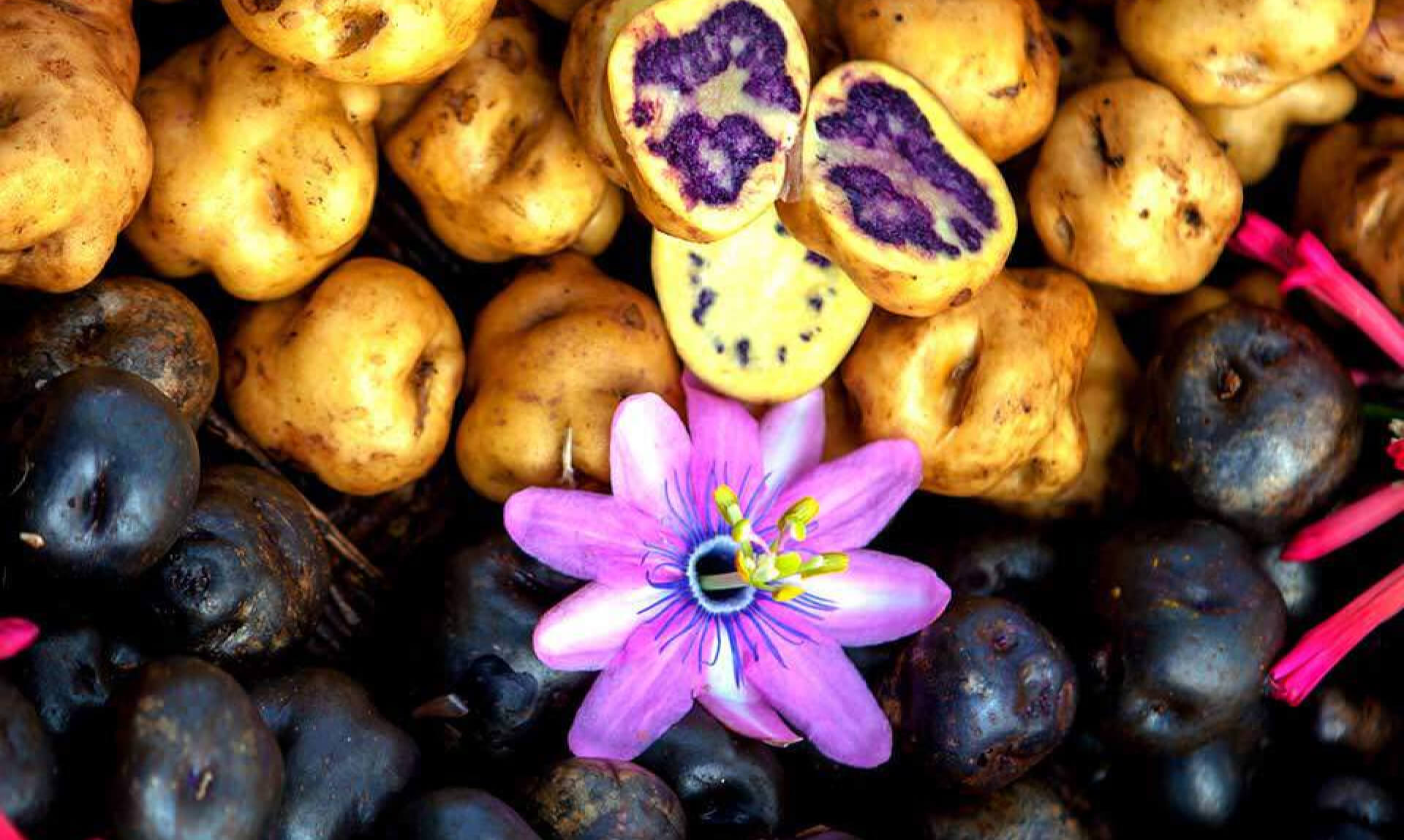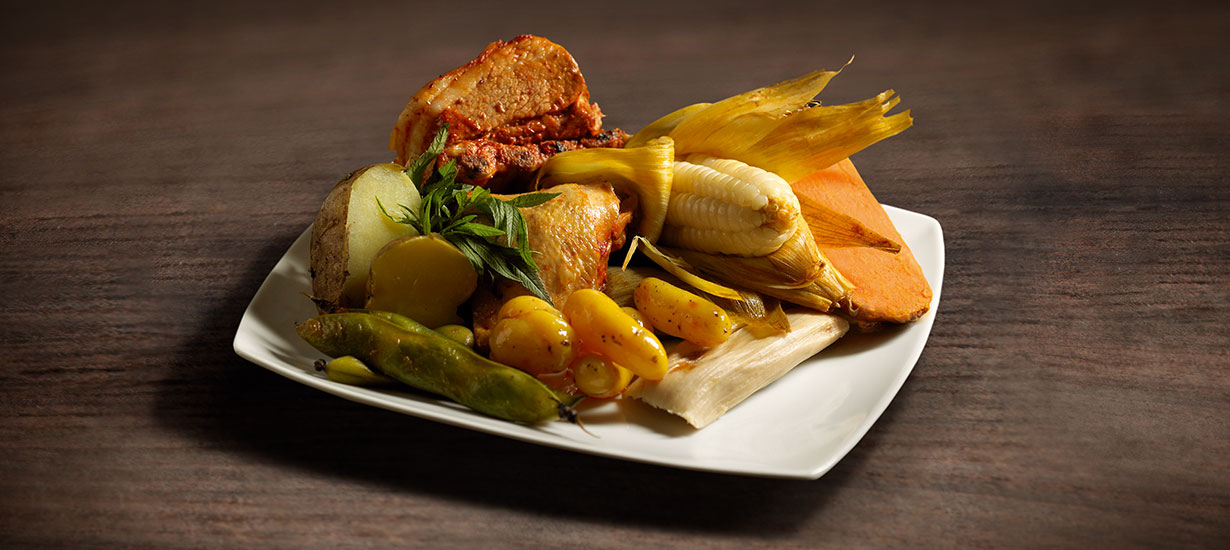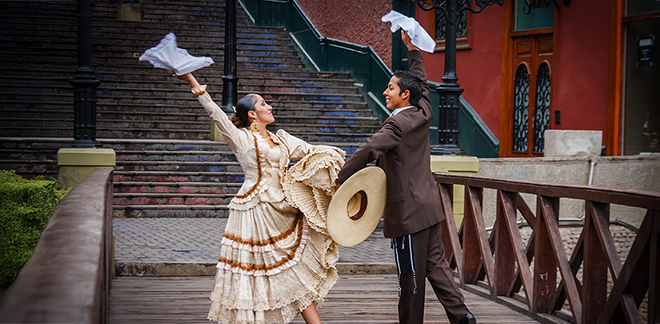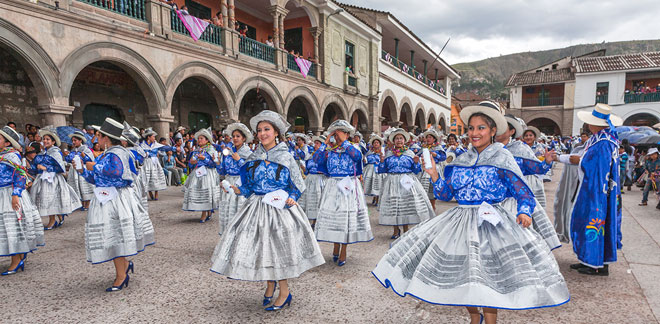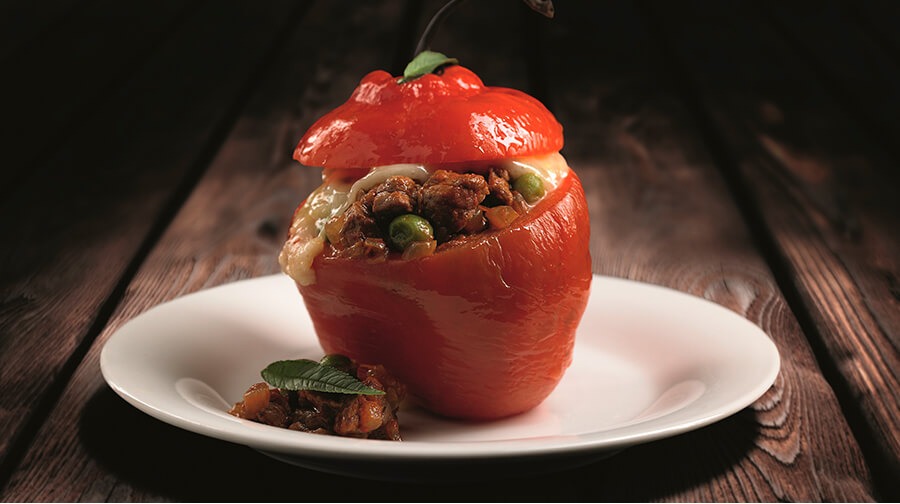Pachamanca: An Ancient Feast of Flavors and Tradition
Síguenos en:Google News
Pachamanca is a symbol of Peruvian identity and gastronomy, bringing families and friends together to share a feast rooted in tradition.
Pachamanca is one of the most iconic dishes of cuisine. Whether for its rich flavor or deep cultural significance, this ancestral feast unites palates and traditions across the country. Its name comes from Quechua: "pacha" (earth) and "manka" (pot), meaning "earthen pot." This ancient cooking method, dating back to pre-Inka times, remains a symbol of identity, reflecting the deep connection between people and nature.
Declared a National Cultural Heritage in 2003, Pachamanca is recognized as an ancient tradition and a testament to the wisdom of our ancestors. To honor this iconic dish, the first Sunday of February was officially designated as "National Pachamanca Day" in 2015.
Preparation
What sets Pachamanca apart is the mastery of ancestral cooking techniques. In its most authentic form, this dish is prepared using the heat of preheated stones, where lamb, pork, chicken, guinea pig, and beef are marinated with ingredients like huacatay, chili, cumin, chincho, bell pepper, and other spices before being cooked to perfection.
Deeply rooted in Andean culture, Pachamanca is always accompanied by traditional Andean crops such as potatoes, sweet potatoes, corn, lima beans, and the ever-delicious humitas.
The origins of Pachamanca date back 7,000 to 8,000 years, specifically to the Telermachay settlement in San Pedro de Cajas, Junin. Here, the ancient Andean people cooked their food using heated stones.
Varieties
Across Peru, Pachamanca varies by region, adapting to the local ingredients available in each area.
For example, in Junin, Pachamanca is made with guinea pig, alpaca, pork, lamb, and beef, accompanied by potatoes, beans, corn, goose, and sweet potato. It is seasoned with salt, red chili, paico, achiote, and chincho, while its traditional sides include sweet and savory humitas, chili sauce, and cheese (japchi). The cooking process uses eucalyptus or retama firewood for added flavor.
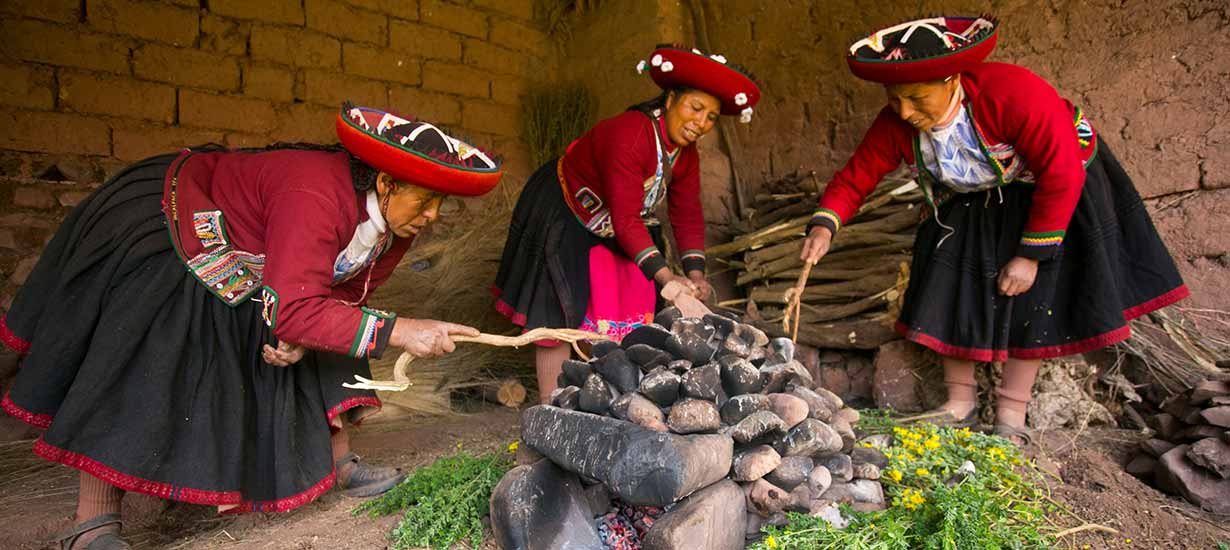 Pachamanca in Cusco/ Photo: Shutterstock
Pachamanca in Cusco/ Photo: Shutterstock
In Cusco, Pachamanca is traditionally made with pork and mutton, accompanied by potatoes, corn, and humitas, and seasoned with salt, huacatay, and chincho. In Ayacucho, it features beef, pork, and chicken, along with potatoes, beans, sweet potatoes, cilantro, parsley, huacatay, and spinach. The seasoning includes chili, garlic, cumin, salt, yellow pepper, chincho, and chicha de jora, while accompaniments like humitas, cheese sauce, and rocoto pepper with huacatay add to its rich flavor. For cooking, molle or huarango firewood is used, enhancing its traditional taste.
In Huanuco, Pachamanca is prepared with pork, sweet potato, yucca, and potatoes, seasoned with chincho and complemented by a spicy chili and onion sauce. In La Libertad, it features mutton, plantains, potatoes, and green humitas. The seasoning includes chilli pepper, chicha de jora, garlic, and salt, while carob tree firewood is used to cook the dish, adding a distinctive flavor.
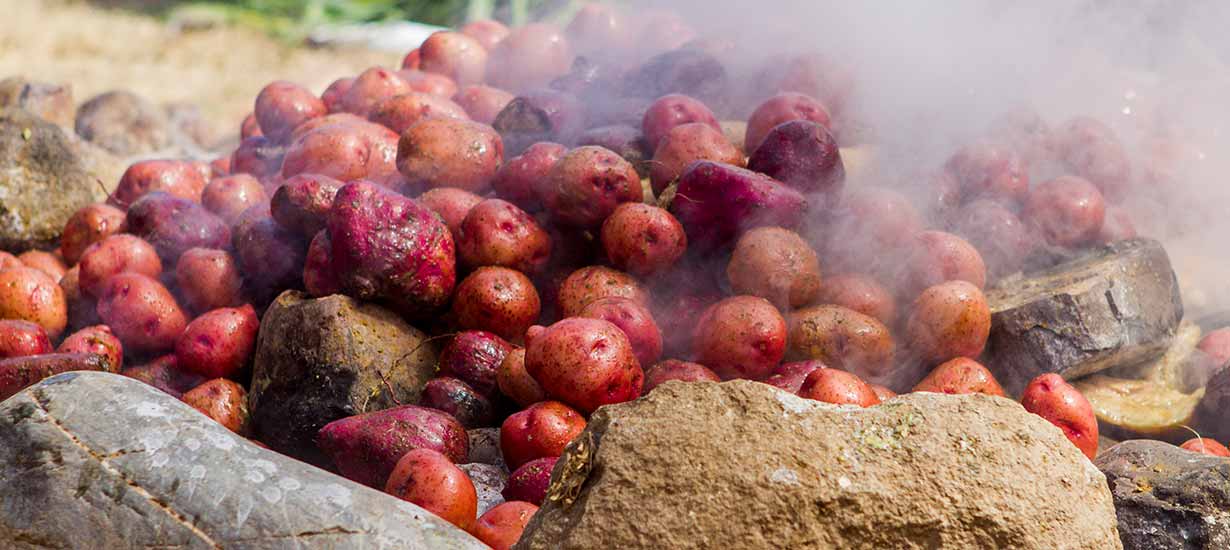 Pachamanca in Ancash/ Source: PROMPERÚ
Pachamanca in Ancash/ Source: PROMPERÚ
In Ancash, Pachamanca is made with pork, beef, guinea pig, chicken, potatoes, sweet potatoes, corn, and green beans in pods, along with goose when in season. It is seasoned with garlic, green chili, huacatay, chincho, and served with tamales and humitas as garnish. The dish is cooked using firewood, eucalyptus, or molle logs.
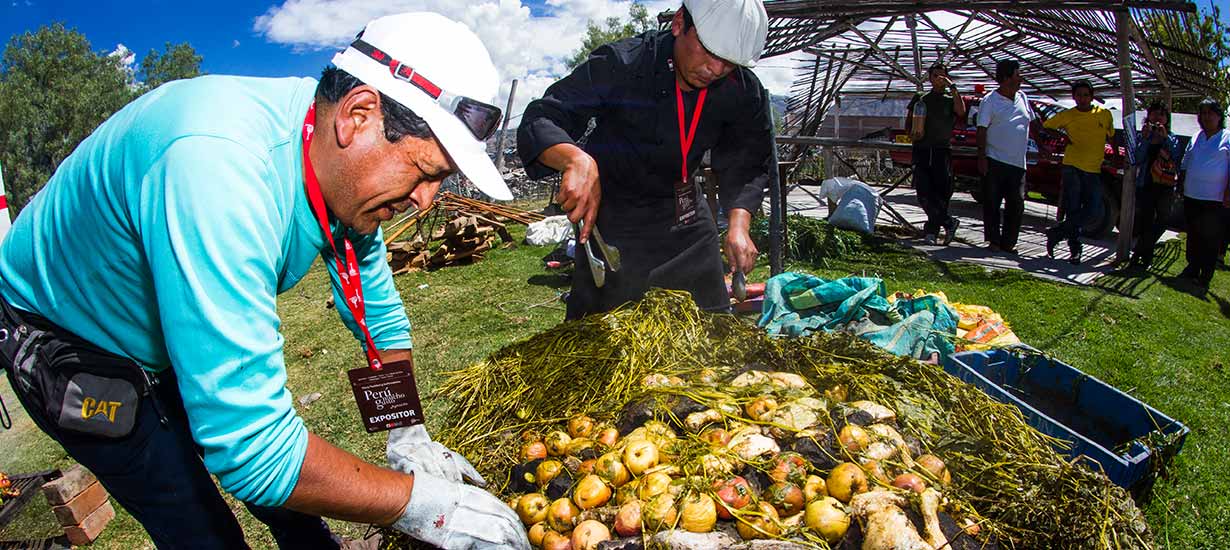 Pachamanca in Ayacucho/ Source: PROMPERÚ
Pachamanca in Ayacucho/ Source: PROMPERÚ
Importance in the Peruvian identity
In many rural festivals and celebrations, Pachamanca is the centerpiece of the event, reinforcing its role as a symbol of unity and gratitude to the land. In recent years, the dish has gained international recognition due to the rise of Peruvian gastronomy. Renowned chefs have introduced it at gastronomic festivals and haute cuisine restaurants, adapting it to contemporary tastes while preserving its traditional essence.
Pachamanca is more than just a typical dish; it is a cultural experience that embodies the fusion of history, gastronomy, and respect for nature. Its legacy has been passed down through generations, preserving a tradition that continues to delight the palate and strengthen Andean identity.
Every time an earth oven is lit to prepare a Pachamanca, one of the oldest and most cherished traditions of the Peruvian Andes is brought to life.

